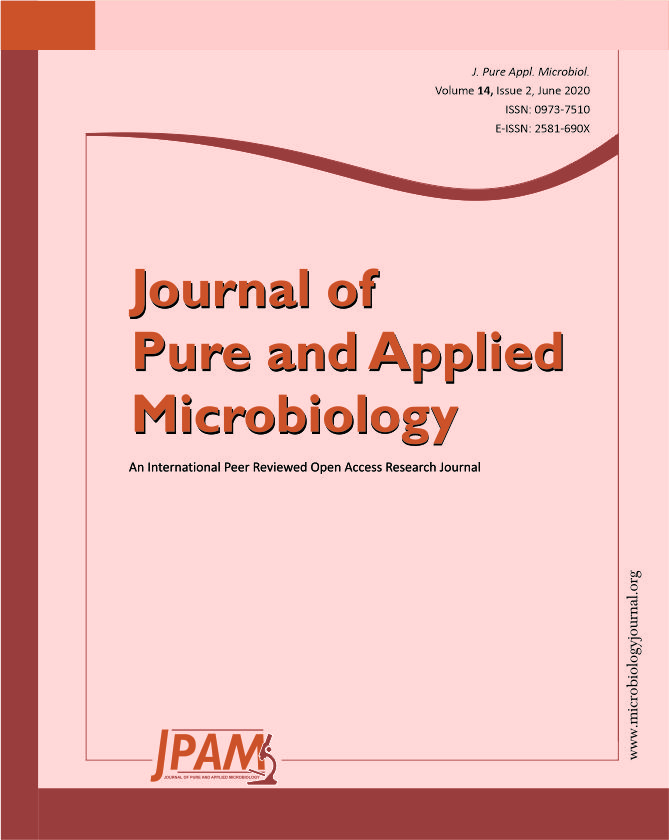Septicaemia is one of the most imminent causes of mortality among neonates in hospital. This study was undertaken to find out the clinical and bacteriological outcome of neonatal septicaemia in a tertiary care hospital in Eastern India. A cross-sectional prospective study was undertaken to investigate the causative organisms of neonatal septicaemia over a period of two months in Sick Neonatal Care Unit (SNCU) of Medical College & Hospital, Kolkata. After obtaining ethical clearance and informed consent all relevant clinical information was collected. Blood culture was performed from all clinically suspected cases of neonatal septicaemia. After culture, identification of the isolates and antimicrobial susceptibility testing was done. During the study period, a total of 119 cases of suspected neonatal septicaemia was included which consisted of 51 (42.86%) neonates born in the institution and 68 (57.14%) neonates referred to the institution from outside. Neonates born by normal vaginal delivery were more prone to septicaemia. Highest number of cases of suspected septicaemia was seen among neonates with low birth weight (60.50%). There were 94 (78.99%) early onset sepsis and 25 (21.01%) late onset sepsis cases. Among the 119 cases of suspected septicemia, 69 (57.98%) showed growth of organisms including Candida spp. in 20, Klebsiella spp. in 18, Escherichia coli in 9, Staphylococcus aureus in 8, Enterococcus spp. in 3 and coagulase negative staphylococcus (CoNS) in 11 cases. Causative agents of neonatal septicaemia should be identified early for prevention of mortality.
Sepsis, Pathogens, Bacteria, Neonates, Mortality, Risk factors
© The Author(s) 2020. Open Access. This article is distributed under the terms of the Creative Commons Attribution 4.0 International License which permits unrestricted use, sharing, distribution, and reproduction in any medium, provided you give appropriate credit to the original author(s) and the source, provide a link to the Creative Commons license, and indicate if changes were made.


